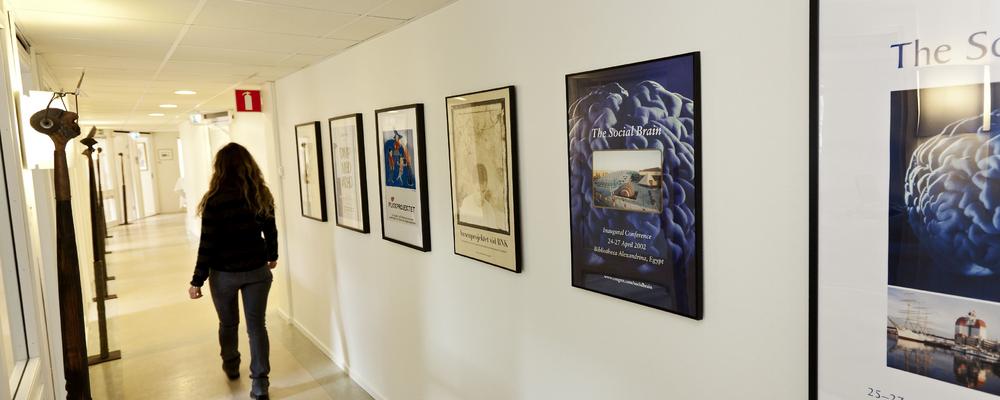
Gothenburg, Sweden
GNC's main hub can be found in the city of Gothenburg
In 1974, when Christopher Gillberg (CG) was 24 years old, he was recruited by Professors Bengt Hagberg, Olle Hansson and Karl-Gustaf Stukat to join Gunilla Carlström (GC) and Peder Rasmussen in the launch of the first-ever epidemiological study of minimal brain dysfunction (MBD). MBD was later renamed deficits in attention, motor control and perception (DAMP) by Carina Gillberg, later still shown to correspond to ADHD with DCD. In that study, together with GC, CG noticed that many children with MBD also showed marked autistic features, and in 1978 he launched the first ever autism longitudinal comorbidity study, now known under the name of GAP (Gothenburg Autism Project), and yearly generating new publications more than 40 years after its inception.
In 1986, CG became the youngest Swedish professor in medicine and the first of Child and Adolescent Psychiatry (CAP) in Gothenburg. The Department of Child and Adolescent Psychiatry at the University of Gothenburg fast became one of Europe’s leading CAP centres recruiting dozens of new PhD-students and post-doc researchers producing hundreds and hundreds of cutting-edge scientific papers within the field of child neuropsychiatry (autism, ADHD, eating disorders, intellectual disability, epilepsy, cerebral palsy, behavioural phenotype syndromes, and depression).
In 2009, CG met with Madeleine Olsson on a flight to London, and the discussions they had on the flight led to contacts with Dan Olsson and Jane Thorburn, who wanted to find ways of supporting the research into autism, ADHD, and anorexia nervosa led by CG’s group. One year later with a generous grant from the Birgit and Sten A. Olsson research fund, the University of Gothenburg launched the GNC, with the explicit aim of increasing research and knowledge into neuropsychiatry.
The GNC is now one of the research spearheads at the university, working on an international level to increase knowledge and clinical treatments for people with ESSENCE, a concept that was launched almost at the same time as the GNC. CG’s partners and hubs in the UK, US, Norway, Denmark, France, Portugal, Japan, and South Africa, now work in close collaboration with the GNC in Gothenburg in the fields of ESSENCE epidemiology, genetics, neurobiology, clinical presentation, screening and diagnostic methods, treatments and outcome.
This work has led to the publication of many hundreds of top-class scientific papers, many books and to a number of groundbreaking international conferences on ESSENCE. And the beat goes on.